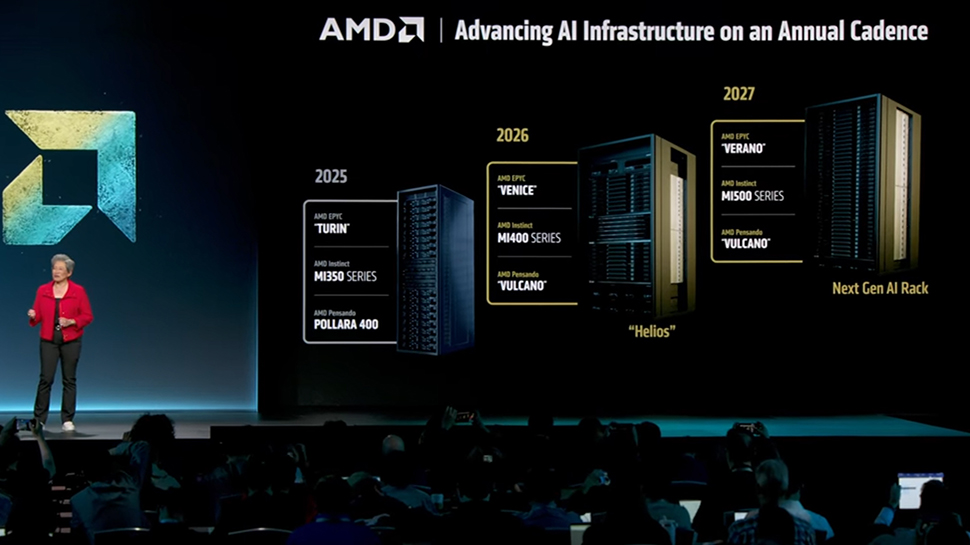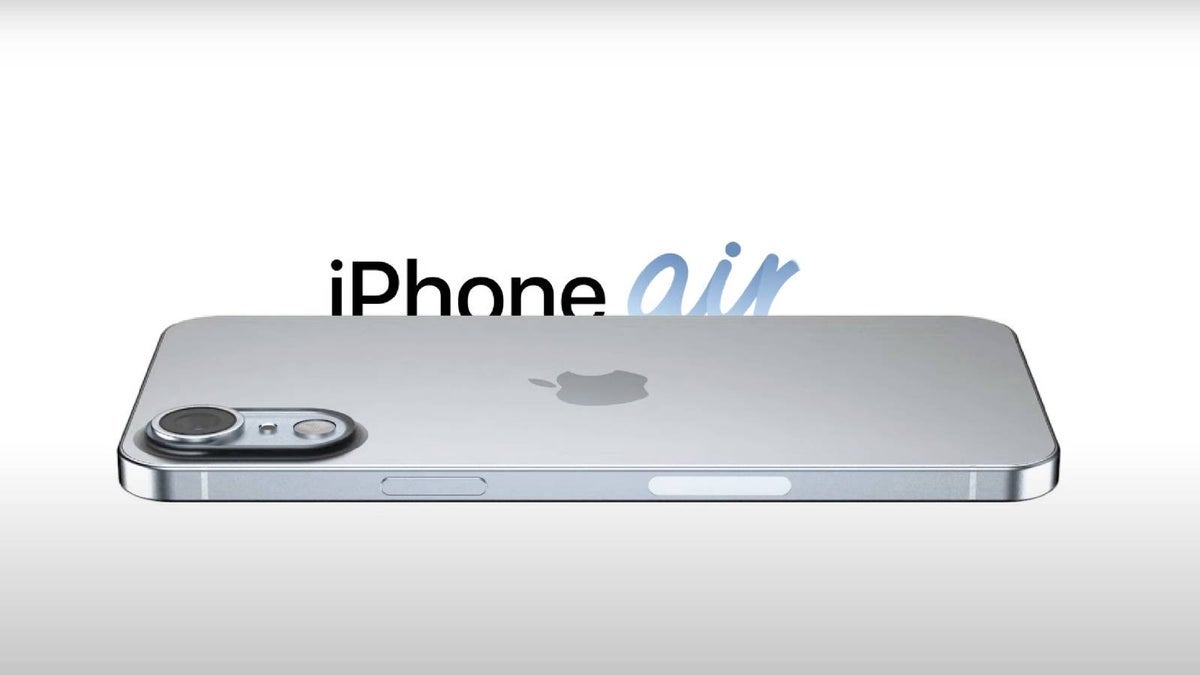Inside investor mindset: How to win your startup’s first cheque
Let us break down the key factors that influence an investor's decision-making process and how you can position your startup to capture their attention, even in its earliest stages.


Imagine standing in front of an investor with nothing but your idea, your team, and your conviction. No or little revenue. Not much traction. Just belief. What convinces them to write that first check?
Securing early-stage investment can feel like a high-stakes game, especially when the product is still being refined and the strategy is evolving. But investors are not looking for perfection. They’re looking for potential. Let us break down the key factors that influence an investor's decision-making process and how you can position your startup to capture their attention, even in its earliest stages.
Founding team: Early on, they bet more on the who than the what
At the earliest stage, the founding team is often the only tangible asset. Investors assess the team’s ability to execute more than the business plan itself. The evaluation centres on how well the founders understand the problem, whether they have taken thoughtful steps toward a solution, and how they respond to uncertainty.
A team with complementary skill sets, technical depth paired with business insight, indicates operational readiness. But investors also look for subtle signals: Do you answer crisply under pressure? Can you take tough feedback and bounce back with stronger answers? This builds trust with investors and partners, proving that the founders can lead the business through ambiguity.
Consider the early Airbnb team. They sold cereal boxes to fund themselves and turned rejection into resilience. That’s the kind of grit investors remember.
The problem: Define it like a surgeon, not a salesman
Every startup says it’s solving an important problem. But what sets strong pitches apart is how clearly and specifically the problem is defined. Investors look for problems that feel urgent and real to a focused group of users, not vague market annoyances.
Bring proof, pilot programmes, letters of intent (LOIs), or early user behaviour—all show that the market cares. Don’t just talk about a theoretical gap; show that the pain is deep, and your solution is sharper than anything else in the space.
Investors back founders, but they buy into problems.
Total market size: Big markets don’t impress; sharp segments do
Total market size refers to the revenue potential a product or service can capture in a given market. While big numbers like "$50 billion market opportunity" may look exciting on a slide, they often lack meaning without specificity.
What matters more is your depth of understanding of a clearly defined market segment: Who the customers are, what they do now, what triggers their purchases, and what alternatives exist.
Startups that clearly define their first 1,000 paying users, who they are, where they are, and how much they’re willing to pay, tend to inspire more confidence than those focusing on a vague total addressable market (TAM).
For B2B startups, think 10 to 20 initial customers. Know their pain points, their decision-making timelines, and their willingness to pay. Show you’ve walked their corridors and understand their calendars.
Moat: Show you're tough to copy, even early
Seed-stage startups aren’t expected to have a fortress around their business yet. But investors are watching for early signs of defensibility.
This could be proprietary data, rapid iteration speed, specialised expertise, or a unique go-to-market edge. These clues suggest that you’re building something others can’t easily replicate.
Even in crowded markets, show your edge. Why will you win, even if five better-funded teams enter next quarter?
Think of Superhuman’s manual onboarding. Slow, deliberate, but unforgettable. That wasn’t just product love, it was early moat-building.
Business model: Don’t show big numbers; show sense
A business model is how a startup makes money and delivers value. Early-stage founders often over-index on big revenue forecasts when what investors crave is unit-level clarity.
Show how you make a dollar. Know your customer acquisition cost, your pricing rationale, and early signals of repeatable behaviour. Even a few users paying full price with minimal handholding can be a strong signal.
The best early-stage business models don’t impress with scale. They impress with sharp logic.
Traction: Proof beats hype
Traction is the clearest signal that your startup is working. It could mean early revenue, growing waitlists, high user engagement, or strong user retention, even if the absolute numbers are small.
Investors today rarely back idea-stage startups unless the team has extraordinary credentials. Traction lets you punch above your stage.
Even 100 engaged users are better than 10,000 passive ones. Small, real, repeatable wins beat vanity metrics every time.
Articulation: Clarity attracts capital
The best founders can distil complexity into clarity. Investors aren’t expecting TED-level storytelling. They’re looking for signal over noise.
Can you explain what you do in one sentence? Can you outline your customer journey in 30 seconds? Can you answer tough questions without jargon?
Decks don’t win investments. Conversations do, and conversations only happen when founders are clear, direct, and deeply self-aware.
Final takeaway: Investors follow clarity, not hype
Early money doesn’t chase perfection. It backs clarity, courage, and momentum. Founders who lead with sharp thinking and early proof points don’t beg for capital. They attract it.
Vivek Chadha is the Founder of AccelerateX Ventures
Edited by Suman Singh
(Disclaimer: The views and opinions expressed in this article are those of the author and do not necessarily reflect the views of YourStory.)














































































































































































![[The AI Show Episode 154]: AI Answers: The Future of AI Agents at Work, Building an AI Roadmap, Choosing the Right Tools, & Responsible AI Use](https://www.marketingaiinstitute.com/hubfs/ep%20154%20cover.png)
![[The AI Show Episode 153]: OpenAI Releases o3-Pro, Disney Sues Midjourney, Altman: “Gentle Singularity” Is Here, AI and Jobs & News Sites Getting Crushed by AI Search](https://www.marketingaiinstitute.com/hubfs/ep%20153%20cover.png)






















































































































![[FREE EBOOKS] The Chief AI Officer’s Handbook, Natural Language Processing with Python & Four More Best Selling Titles](https://www.javacodegeeks.com/wp-content/uploads/2012/12/jcg-logo.jpg)









































































![GrandChase tier list of the best characters available [June 2025]](https://media.pocketgamer.com/artwork/na-33057-1637756796/grandchase-ios-android-3rd-anniversary.jpg?#)




































































_Frank_Peters_Alamy.jpg?width=1280&auto=webp&quality=80&disable=upscale#)














































































































![Apple Weighs Acquisition of AI Startup Perplexity in Internal Talks [Report]](https://www.iclarified.com/images/news/97674/97674/97674-640.jpg)
![Oakley and Meta Launch Smart Glasses for Athletes With AI, 3K Camera, More [Video]](https://www.iclarified.com/images/news/97665/97665/97665-640.jpg)

![How to Get Your Parents to Buy You a Mac, According to Apple [Video]](https://www.iclarified.com/images/news/97671/97671/97671-640.jpg)






















![New accessibility settings announced for Steam Big Picture Mode and SteamOS [Beta]](https://www.ghacks.net/wp-content/uploads/2025/06/New-accessibility-settings-announced-for-Steam-Big-Picture-Mode-and-SteamOS.jpg)














































